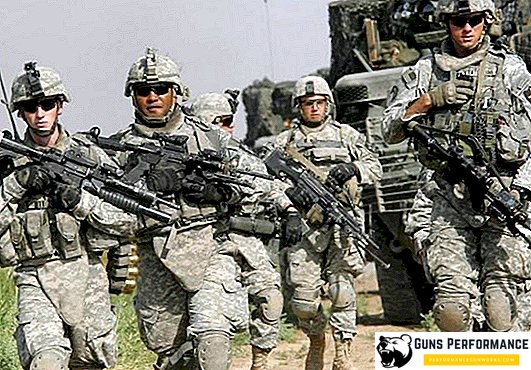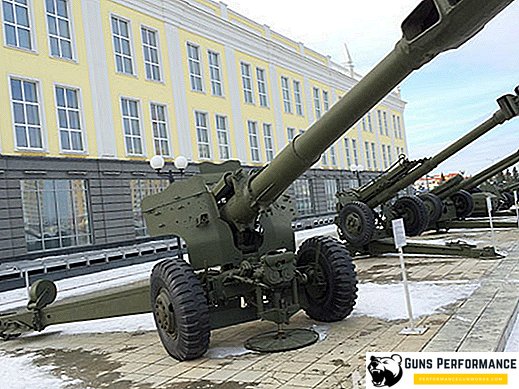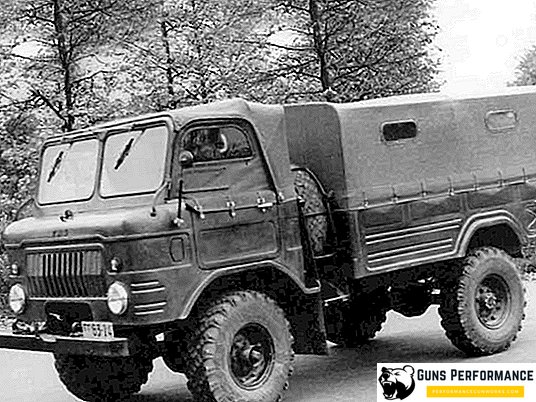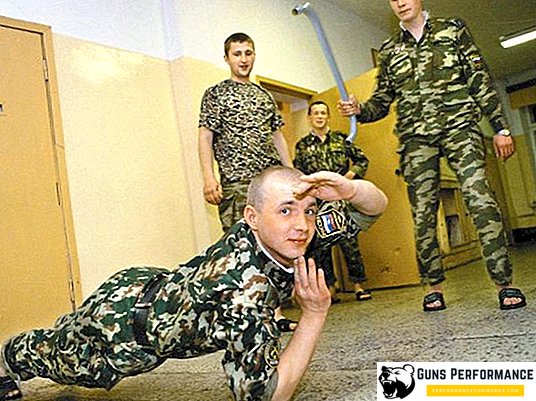
Non-statutory relations in the army is a real scourge of modern times. Although it is believed that the first instances of hazing began to appear during the Great Patriotic War in the USSR, in fact, this problem is not one hundred years old. Even in the days of knights, mercenaries often mocked new recruits.
Hazing was and is in almost every army in the world. Proof of this can serve as a novel by Remarque, who describes hazing in the German army, and Junpay, who described the life of the Japanese army. Now many are wondering whether there was a non-statutory relationship between the officers in the tsarist army, or did it appear only in the Soviet era. Previously, the term of the soldiers' service was 25 years, therefore, logically, it was only possible to become a “grandfather” after 12 years.
Dyadkovschina and hazing - what's the difference?
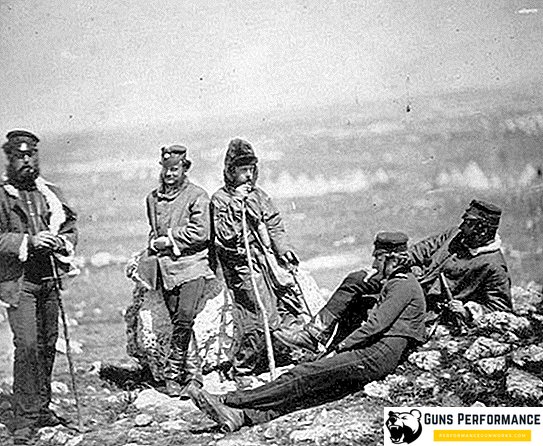
In the days of Pushkin and Lermontov, soldiers served for 25 years. At that time there was an uncle. The famous "say uncle, it’s not for nothing ..." is the appeal of the young soldier to an experienced comrade. Since times were turbulent, an experienced soldier-uncle was assigned to each recruit who taught him how to behave properly in a new environment.
Famous corporal punishment and scuffles, which were widely practiced in the tsarist army, were the work of non-commissioned officers, although sometimes the senior commanders did not disdain them. The soldiers themselves tried to make life easier for each other, as they already had to work hard. But the non-commissioned officers, who themselves were former soldiers, were real "grandfathers" in the modern sense of the word. Fist violence was not considered something out of the ordinary if, as a result, its soldiers did not become crippled.
At the same time, the best officers and commanders understood that it was impossible to degrade the dignity of the defenders of the fatherland, therefore they actively fought against the assault of the lower ranks in their units. Along with non-statutory assault, the scale of which no one knew for sure, until 1904 official corporal punishment existed. In 1915, due to the difficult situation at the front, they were again introduced, finally undermining the morale of the army of Tsarist Russia.
It often happened that some autocrats "nonters" and officers mocked their subordinates for no reason:
- General Arakcheev did not disdain to personally pull out his guilty mustaches to the guilty grenadiers;
- In 1903, Lieutenant Kuidorov made his orderly lick his boots, since he did not have a shoe brush. For this, the unit commander sent a lieutenant under arrest;
- In 1916, the massacre of the rear lieutenant over the Cossack front-line soldier led to an uprising at the recruiting station;
- Non-commissioned officers often organized competitions among themselves, who would knock out more soldier's teeth with one blow. It so happened that the soldiers themselves dealt with them, and the authorities turned a blind eye to it.
If we take the situation as a whole, then hazing in the tsarist army was expressed only in the selection of part of the salary and the forced exchange of clothing with the old men.
Hazing in the Red Army before and during the Second World War
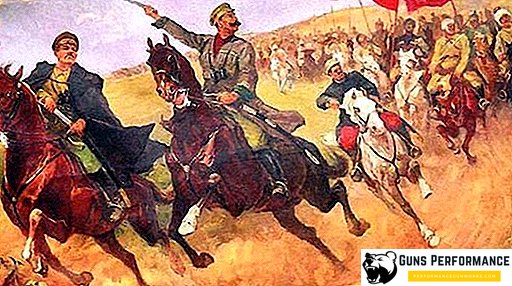
The Soviet government, which personified freedom from slavery, had to immediately abolish corporal punishment, which she did. Although the former non-commissioned officers, who occupied many command positions in those years, were still not abhorring assault, the situation was much better than with the king. Any victim had only to declare a similar case, after which they quickly dealt with the guilty.
According to eyewitnesses who had served in the Red Army of the 1920s and 1930s, in none of the duty stations there were flagrant cases of non-statutory relations. Any attempt to rally all the old servicemen was regarded as the creation of a counter-revolutionary group. Hazing among the soldiers was expressed only in jokes and sweepstakes, which showed a recruit in his place in the army.
As for military service during the Great Patriotic War, according to eyewitness accounts, hazing was originally expressed in the following:
- The “voluntary” exchange of shoes was widely practiced;
- If the novice received a new uniform, he was also changed;
- Foods that were collected for a future soldier by relatives were taken away.
In general, such cases were stopped by sergeants and foremen, and the squad leaders did not welcome this. At the front, newcomers quickly poured into a friendly soldier’s family, and the status of “salagi” changed after the first battle.
The first who began to widely introduce hazing in the army of the USSR were prisoners released in 1941. Although at that time real criminals were rarely seen among them, prison life had already managed to leave its mark. New soldiers often tried to shift some of their duties to recruits, suppressing them both morally and physically.
The situation radically changed in 1943, when a new party of prisoners entered the army. These were real criminals and murderers. In each detachment, in which there was one "criminal", groups quickly appeared, resembling the prison hierarchy in their structure. But since the soldiers' brotherhood was still not an empty sound, and the presence of weapons in the hands of potential victims stopped the bandits, hazing did not become widespread.
In 1950-1960, army service was considered necessary and honorable. The fathers stories about the war were still fresh in their memory, so the soldiers tried to support each other in everything. Although by that time there was already a clear separation between "salag" and "old men", the cases of beating of colleagues were extremely rare. The recruits tried to help, but sometimes they scoffed. During the course of the young fighter, such cases were completely excluded, as the junior commanders were closely watching the recruits.
In the 1970s, when society began to gradually deteriorate against the background of a long epoch of "stagnation," the first mass cases of hazing began to appear. The biggest problem was the size of a huge country. Moreover, often in the army there were representatives of warring ethnic groups who tried to humiliate their opponents. Service away from home, gave rise to complete impunity, so hazing in the USSR began to rapidly progress.
Harassment victims in the 1970s and 1980s
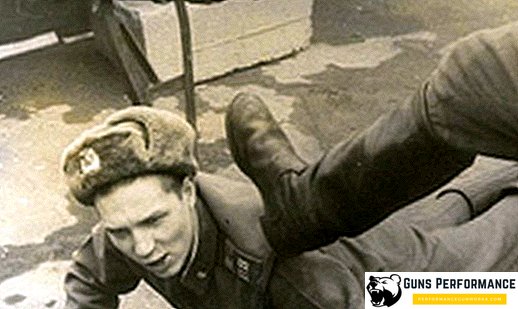
For those who served in the army of the USSR in the 70s-80s, the word "hazing" is familiar not by hearsay. It was in those years that military discipline began to be based on non-statutory relations. Many platoon commanders shifted all the work with subordinates to sergeants, who controlled their fellow soldiers with their fists. At the same time, any attempt to tell about hazing in the army was brutally suppressed.
To fight with military hazing was almost impossible. The old-timers were a tightly knit team that strictly followed their vital interests. The soldiers of senior appeals were covered by commanders who could make the life of a young soldier unbearable. In addition, any physical rebuff to a senior officer was considered a war crime.
According to the oral military code, it was impossible to complain about the senior servicemen. Such a soldier was immediately calculated by an officer, after which the "grandfathers", at best, arranged for him a psychological harassment. In this case, the sergeants could easily complain about their subordinates, which was welcomed in every way.
Dissatisfied "spirits" who managed to find friends among young soldiers in the early days tried to resist the group. If they succeeded, then the “grandfathers” acted together with the officers. The recalcitrant were convinced that hazing in parts was an inevitable thing, it was better to suffer a little, and then become a "grandfather" myself.
At the same time, there were many units where real officers served who firmly suppressed all cases of non-statutory relations. In such parts, the statute of internal service was strictly observed, and sergeants spent the whole day training soldiers at the ranges.
The history of bullying in the 90s
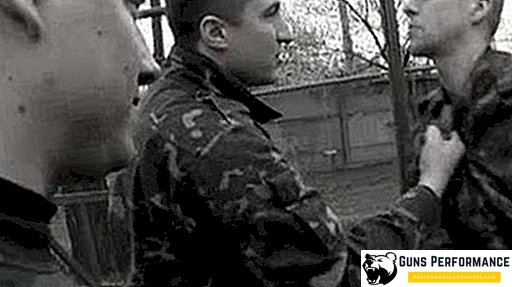
After the collapse of the USSR, hazing in the Russian army sharply intensified. The main reason for this was the huge outflow of qualified military, who were not satisfied with the low salary in those years. In their place came graduates of military departments, who practically did not understand military affairs. The so-called "jackets" were arranged by the orders that the "grandfathers" installed in their companies. This gave them the opportunity to do nothing, while ordinary soldiers suffered from extortion.
This situation in the army was maintained until the mid-2000s, after which the prestige of the military profession began to revive again. A lot of benefits and a salary increase again made the army a desirable place for many professional soldiers. With their arrival, hazing began to weaken, but it has not yet been possible to withdraw it.
Hazing in the US Army
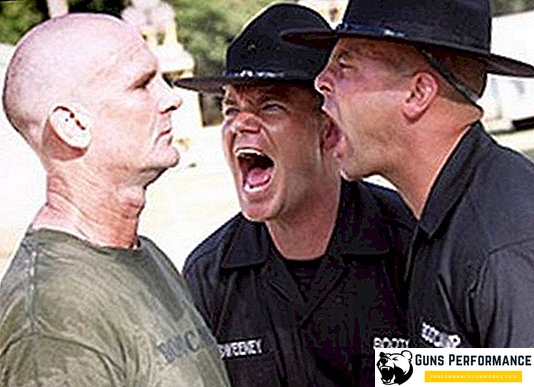
Many believe that there is no bullying in the United States Army. To some extent, this is true, because the American army is completely professional. Every young recruit who comes to the army immediately enters a special training center, very similar to the Russian school. There sergeants who are professional military men in the USA are accepted for business. They are not only military, but also psychologists who determine the abilities of new soldiers.
In addition, the professional military of the American army, as a rule, went through several local wars, so they are not interested in the mess that can occur in the barracks. The person who has entered into a military contract clearly knows why he came here, and will not assert himself at the expense of others. A big role is also played by the fact that among the sergeants there are often women to whom men must also unconditionally obey.
If the recruit is not satisfied with something, he can complain to the military chaplain. This is not just a priest, but an officer who is endowed with serious powers. He must understand many religions to advise soldiers of different faiths. If the recruit is not suitable for further service, the chaplain can make it commissured.
However, over the past 20 years, much has changed in the US Army, and now hazing has taken place there. This is due to the fact that these principles are hammered even in military schools. All cadets can be divided into two categories, freshmen and undergraduates. Freshmen are called rats, and they are in a subordinate state throughout the year.
Any complaints are not given a course, calling such a state of affairs glorious learning traditions. In these schools, there are cases of flight from bullying. If you can still go to study, then in the army such a flight is called desertion and is punishable by law.
The second reason for dedovshchina in the American army was that many street gangs specifically send their "fighters" to the army so that they learn to use weapons professionally and master the skills of warfare. Once on the spot, street criminals continue to keep in touch with gangs, threatening and beating not only soldiers, but officers as well.
Features hazing in the Belarusian army
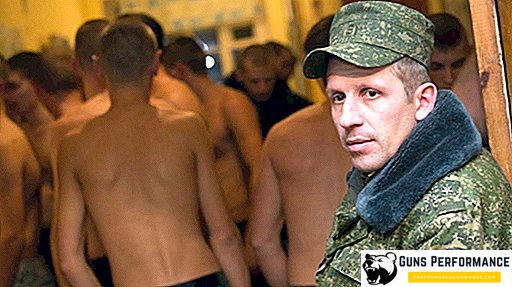
The army of the Republic of Belarus has its own characteristics. In the "dashing 90s," hazing abruptly began to decline here, since it was necessary to serve in a small country, not far from its native city. Any "grandfather" could simply be threatened that he would be punished right next to the friends of the young soldier. In connection with the country's harsh political course, aimed at restoring the "most severe" order, hazing would seem to have been completely destroyed.
Every case that fell into the hands of the press was immediately considered, measures were taken. It would seem that any mother of a soldier could sleep peacefully. But suddenly, in 2018, the entire former Soviet Union flew around the tragic news - they found the body of a hanged guy in a Belarusian schoolchildren known as “Furnaces”.
Details of the death of Alexander Korzhich
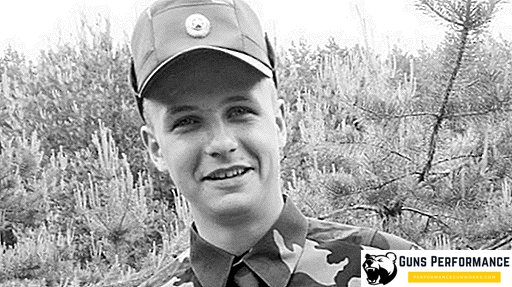
On October 3, 2018, the body of a hanged soldier with tied legs was found in a military unit near Borisov. It turned out to be a conscript soldier Alexander Korzhich, who had disappeared a few days before. According to the official version, the soldier was psychologically unstable and committed suicide. There were no other official statements.
Relatives and friends of the deceased did not agree with the version of the investigation, since the young man always had a cheerful and cheerful disposition. With the help of social networks, they managed to raise the public and find a lot of video materials that proved that hazing in a military unit near Borisov is a common thing.
Soon it became known that several sergeants organized in part a real gangster grouping, which extorted money from recruiting soldiers. The mother of the deceased was allowed to do so by personal presidential decree, but so far she does not know what everything will be decided. Mothers who survived such a blow were told that all the sergeants of this company were detained and the investigation was underway.
Nevertheless, thanks to an agitated case, we managed to bring order to a single company, but it is unknown how many such companies remain. The authorities are consciously trying to hide the truth from the Belarusians, saying that this case is isolated.
Hazing in modern Russia

To the question whether there is hazing today, there is no definite answer. If you refer to the official information provided by the Ministry of Defense of the Russian Federation, hazing in the Russian army is defeated. Nevertheless, numerous videos on the network and stories of soldiers indicate that hazing is still the main evil in the army.
Violation of the statutory rules of relations between military personnel in the absence of subordination relations between them is governed by article 335. of the Criminal Code of the Russian Federation. Persons covered by this law may be deprived of their liberty for up to 10 years. Despite this, most cases are hidden from the public, and the criminals continue to mock colleagues.
Modern hazing is significantly different from the Soviet and even the one that was in the 90s. Since in modern society the main role is played by money, then the army becomes the same. Non-statutory relations have long become a special form of racketeering, which is so popular in places of detention. Having money in the army, you can pay off the beatings and bullying, hire yourself a bodyguard or a servant who will do most of the hard work.
The task of these commanders, for whom the honor of the uniform is not just a sound, is to promptly stop such phenomena, putting criminals under military trial.
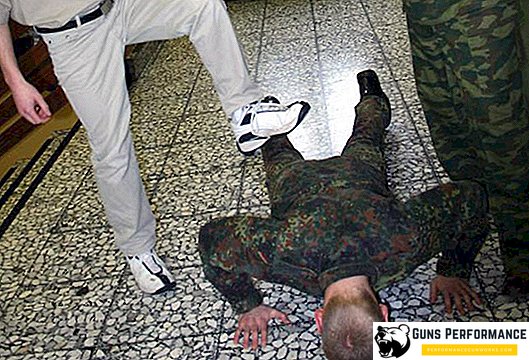
Non-statutory relations exist in any army. Only professional troops are exposed to this infection to a much lesser extent. Professional military are a close-knit family where fighters have to rely on each other in battle.
It is never possible to get rid of hazing, as any army is based on violence. Simply, it can take a non-criminal form. But the current state of things is unacceptable, as some healthy young guys return from the army crippled with a broken psyche.


